General description
A table lamp is a portable light that serves multiple roles in an interior lighting design. It delivers a sufficient amount and a good quality of light to the task area, contributes to the general room illumination with light diffused through its shade, and carries an appearance that complements the interior décor. Table lamps are specifically designed for use on side tables, dining tables, bedside tables, consoles, buffets, night stands, coffee tables, sofa-back tables, window-sills and dressers. They are supposed to provide a focused, localized, and higher level of illumination for various tasks to be completed at the desired speed with accuracy, comfort and safety while also offering flexibility to change lighting positions as task positions change. They are also meant to look attractive rather than perform simply as desk lamps. These task lights should be decorative in design. They need to tie in the style with the rest of a room, be a conversation piece or an ornamental element of the interior and add a residential feel and human scale to a space.
Aesthetic impression
Selection of table lamps demands thoughtful attention to the various components of task lighting and the decorative aspects of light fixtures. Oftentimes, the first impression is the last impression. The design aesthetic is a decisive factor that influences the purchase consideration of table lamps. Because all things visible to the eye can be strong contributors to visual appeal as an ornament in a room, table lamps should be designed with a proper aesthetic that enhances the desired decor or creates the desired personality in the space.
A poetic exploration of artful shapes and conceptual themes takes s home interior from ordinary to extraordinary. Modern and contemporary table lamps usually boil down the design to its purest forms yet still make a commanding statement with minimalist aesthetics. A sculptural design adds an artistic dimension to stark minimalist schemes. A vintage-inspired design invokes timeless elegance. Novelty pieces inject a sense of whimsy and inspires imagination. Whether it is a sleek design with clean lines and simple geometries or an ornate piece with a luxurious blend of patterns and silhouette, there is no shortage of creative and expressive products that celebrate the relationship between form and function.
General configuration
A table lamp designed for task lighting is typically comprised of a base, stem, shade, light assembly, and switch mechanism. Nevertheless, there are myriad presentations of this configuration. Table lamp design embraces numerous styles such as contemporary, modern, transitional, traditional, vintage, glam, cottage, coastal, mid-century, casual, art deco, farmhouse, rustic, industrial, mission, bohemian, minimalist, Mediterranean, Tiffany, craftsman, and southwestern.
Shades, which are the focal points of table lamps, come in different shapes including drum, empire, cylinder, dome, bell, rectangle, square, globe, oval, sphere and hurricane. They may be crafted from fabric, linen, cotton, glass, metal, plastic, paper, silk, crystal, burlap, acrylic, resin, wood, mica, porcelain, seagrass, cork or stone. The design aesthetic of the lamp shades is further emphasized by their colors: white, off-white, black, brown, bronze, tan, gray, clear, gold, blue, silver, red, chrome, green, pink, orange, copper, purple, or yellow.
The cylinder, gourd, urn, sphere, geometric, block, candlestick, pillar, tripod, stacked, empire, torch or novelty-shaped base may be fabricated from metal, ceramic, glass, crystal, plastic, porcelain, marble, solid wood, resin, composite, alabaster, concrete, or stone. The base color needs to be coordinated with the lampshade color by complementing the latter to create a monochromatic scheme or choosing a distinct color to create a bold contrast.
Lamp shade
The use of shades is not simply meant to add a decorative accent to table lamps. Lamp shades also exercise the control of light distribution that can affect visibility, comfort and perception. Table lamps are typically designed to provide bottom illumination. Lamp shades offer the practical function of shielding eyes from direct view of the bright light source. The bottom of the shade should be approximately 35.1 cm (15 in.) above the table and tall enough that the light source is not visible from a seated or standing position.
While task illuminance should be greater than the surround in order to assist in directing attention to the task, ambient light in the surrounding area is important for visual comfort. When luminance ratios between the task area and its immediate surround are excessively high in relation to the state of adaptation, visual discomfort and eye fatigue will occur. One of the objectives of using layered approach to lighting design is to reduce glare and improve comfort. However, in many application scenarios for table lamps ambient lighting is not used in combination with task lighting to get the best balance of light in the space.
In applications where table lamps are the sole source of light, the lamp shade should have a minimum level of translucency so as to allow delivery of an appropriate amount of horizontal illuminance. The luminance of the immediate surround with task should maintain a ratio within 5:1. By balancing the contrasts between the task plane and its visual surroundings, discomfort and eye fatigue caused by constant adaptation to extremes of brightness can be averted.
Legacy lighting technologies
Conventional table lamps are lamp-plus-fixture systems which incorporate incandescent or compact fluorescent lamps.
The incandescent family includes those so-called halogen or tungsten-halogen lamps. A halogen lamp is basically a modified version of an incandescent lamp except that a small amount of halogen gas has been added to allow the filament to operate at a high temperature for a higher light output and longer lifespan. The ongoing popularity of incandescent lighting is due to the low lamp cost, excellent color rendering and the warm glow reminiscent of the sunset or a flame. However, incandescent lamps convert less than 10 percent of te energy into visible light and throw the rest away in the form of infrared (IR) energy or heat. The inefficiency and short lamp life lead to the dismissal of the technology. High heat on the glass surface can be hazard if accidentally touched. Exposure to thermal radiation at a close distance can cause skin discomfort.
Compact fluorescent lamps operate more efficiently and last longer than incandescent lamps. Their naturally diffused, lower-IR light lends themselves to task lighting applications. However, much of the increase in luminous efficacy is achieved at the cost of operating the light sources at an excessively high color temperature and compromised color rendering performance. In addition, CFL bulbs are more likely to flicker due to the use of low cost ballasts which are incapable of providing complete suppression of the alternating waveform. In general, the quality of light produced by fluorescent lamps is substantially deteriorated when compared with their incandescent predecessors.
Lamp-based LED table lamps
LED technology is flourishing in virtually all conceivable lighting applications due to the significant improvements in source efficiency, source life, and controllability of light spectrum and output. With LED replacement lamps, table lamps of legacy fixture-plus-bulb configurations can be easily upgraded to reap the benefits of LED lighting. An LED replacement lamp is similar to self-ballasted CFLs in that electronics for regulating the drive current are built into the lamps itself. These lamps are available in shape, size, base, operating voltage, lumen output and light distribution that match those of original incandescent or compact fluorescent lamps.
While they provide the convenience of technological switch, legacy form factors put constraints on the effective use of LED technology. Thermal management and driver circuity are usually inadequately designed due to space limitations. Commoditization of LED replacement lamps leads to the use of cheap components and barebones designs. These factors come up to a huge decline in the product performance and life. The quality of light emitted by LED replacement lamps is very similar to those of CFLs which usually have poor color rendering and even produce flicker. The lifespan of LED bulbs is usually significantly shorter than expected. The driver circuit of many LED lamp retrofits cannot interpret dimming signals of phase cut dimmers that are designed for legacy light sources.
Integrated LED table lamps
LED table lamps are preferably designed using an integrated approach. An LED module, as opposed to a light bulb in conventional configurations, is used in a table lamp. It is an assembly of SMD LEDs populated on a metal core printed circuit board (MCPCB) which is patterned to match the interconnect requirements of the LEDs while providing heat dissipation and electrical insulation. COB LEDs are essentially LED modules that are readily designed to interface electrically and thermally with their operating environments. The use of LED modules allows to build a shortest possible thermal path and provides more surface area for thermal conduction and convection.
Effective thermal management is critical to achieving optimum lumen maintenance and color stability of the LEDs. The design of LED modules is based on the light distribution requirement, which enables uniform light distribution and high optical efficiency. LEDs are high intensity light sources that produce extremely bright light. Special consideration should be given to minimize luminance (perceived brightness) and eliminate hotspots on the task plane. A diffusion mechanism is employed to address the optical control challenge. The integrated approach to luminaire design affords us a chance to build more features and controls into table lamps, making lighting more responsive to personal needs and preferences.
Color quality
An LED can be characterized as having a particular spectral power distribution (SPD), which can affect various color characteristics of the light emitted by the LED. The interaction between the light source SPD and an object’s spectral reflectance function how object colors are rendered. The colors of objects viewed under optical radiation with different SPDs can be noticeably different. Incandescent lamps have smooth and continuous SPDs that lend them an excellent color rendering ability.
LEDs produce white light typically through phosphor conversion, which is a highly controllable process. The accompanying tradeoff between color quality and efficacy results in wide variations in the color rendering abilities of white LEDs. Generally, LEDs with a minimum color rendering index (CRI) of 85 should be used to ensure an acceptable level of color reproduction and a pleasant color perception. LEDs with a minimum CRI value of 90 and a minimum R9 value of 25 should be employed for applications where color discrimination is important.
The SPD also determines how the light appears, or the warmth or coolness of the light that is indicated by correlated color temperature (CCT). Low CCTs correspond to warmer appearing white light. Warm white light that exhibits a CCT between 2700K and 3200K is considered the most comfortable light and the first choice in residential and hospitality applications. Neutral white light with a CCT between 3500 K and 4100 K is used for tasks that require sustained concentration. There’re LED table lamps that offer multiple CCT options or provide a continuously adjustable range of color temperatures for dim-to-warm or tunable white lighting applications.
LED driving and dimming
No negligence should be made in the design of LED drivers in view of their huge influence on system efficiency, controllability, light quality, and product life. The LED driver needs to convert alternating current (AC) line power or direct current (DC) power from batteries into voltages and currents compatible with the LED packages. It must not only be efficient and reliable but also deliver to its load a precisely regulated DC voltage with minimal ripples so that the LEDs will not flicker.
The ability to adjust lighting for the flexibility to serve multiple needs is of growing importance. The LED driver may be designed to support stepped dimming or continuous dimming. Constant current reduction (CCR), also referred to as analogue dimming, is frequently used to continuously dim LEDs. Multi-channel LED dimming for color tunable lighting applications is often achieved through pulse width modulation (PWM) which produces a consistent color at any level of brightness.
Manual control of the LEDs is accomplished using rotary, rocker, pull chain, toggle button, or touch sensor switches. LED drivers may also be designed to accept control input through a wireless communication protocol.

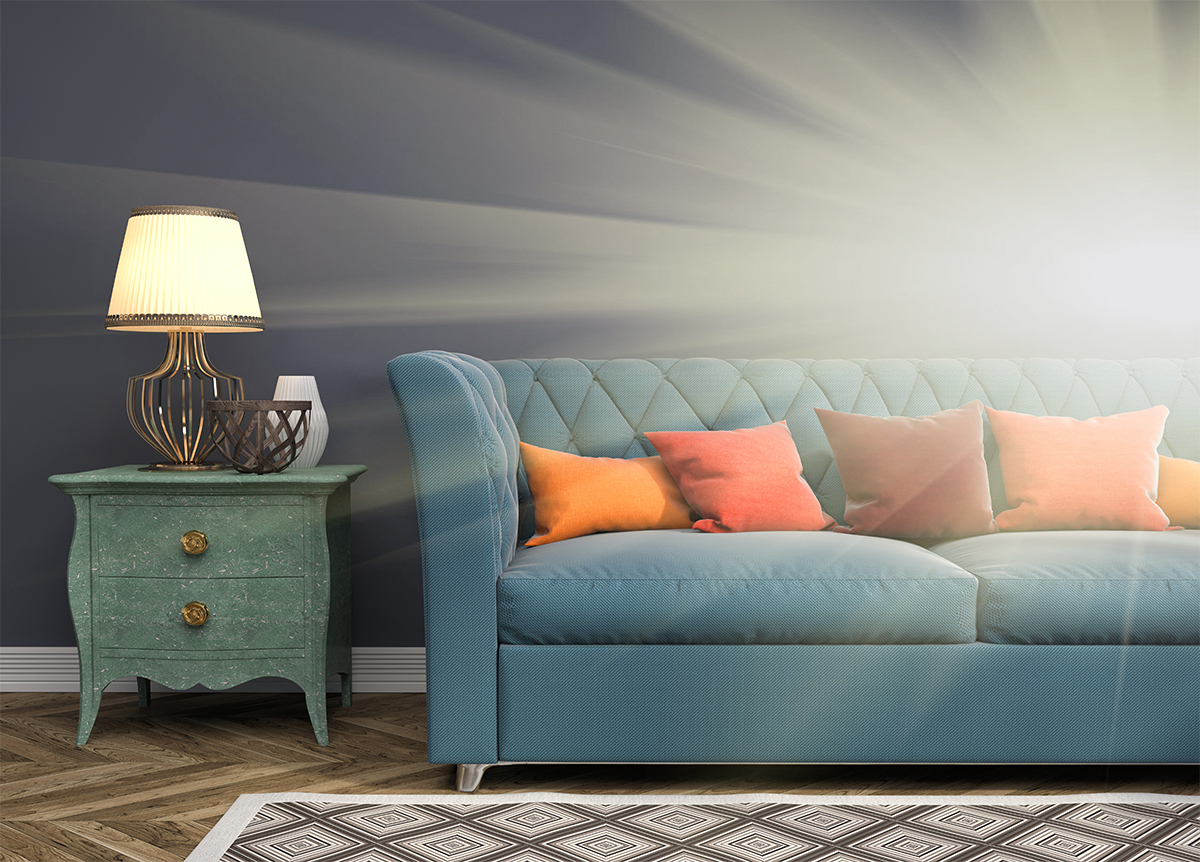

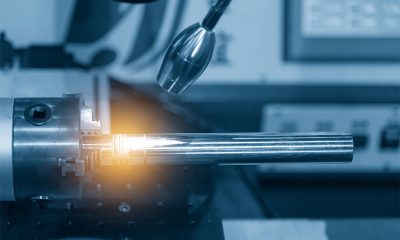

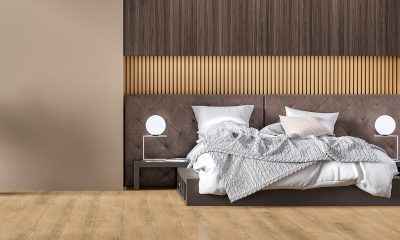


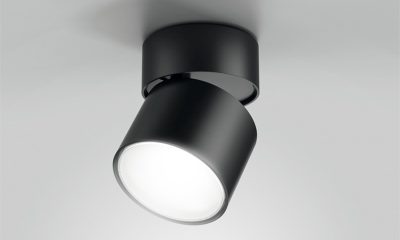
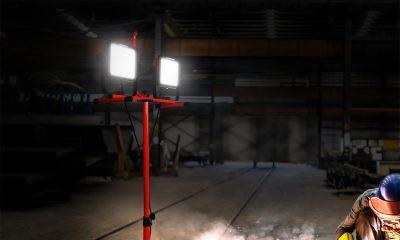

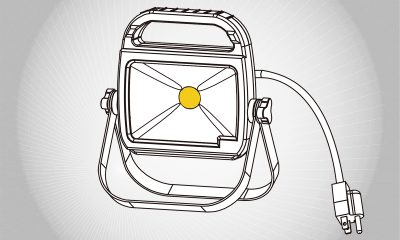

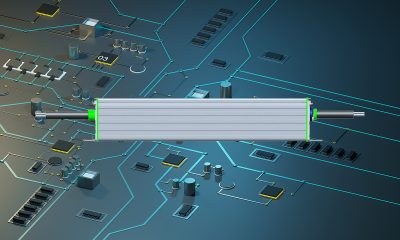





Loading...